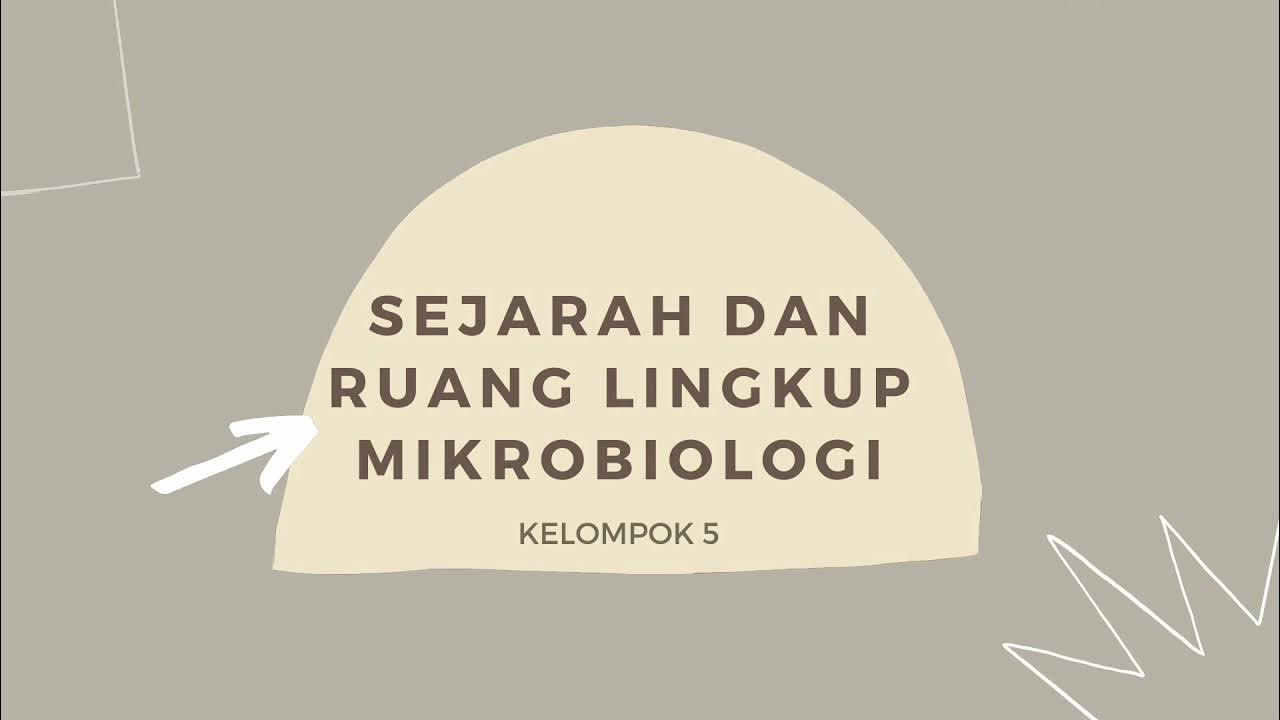APUSH America's History: Chapter 9 Review Video
Summary
TLDRThis video provides an insightful overview of Chapter 9 from 'America's History', focusing on the transformation of the U.S. economy between 1800 and 1860. Key topics include the American Industrial Revolution, the introduction of the factory system and assembly lines, and the Lowell System, which offered women greater independence. It also covers the Market Revolution, transportation developments like canals and railroads, and inventions such as Eli Whitney’s cotton gin and interchangeable parts. Additionally, it touches on the growth of unions, immigration patterns, and religious movements like the Second Great Awakening.
Takeaways
- 🔧 The American Industrial Revolution introduced the division of labor and early assembly lines, especially in industries like slaughterhouses and shoe factories.
- 🇺🇸 Samuel Slater, known as the father of the American factory system, brought textile factory designs from Britain, helping start American manufacturing.
- 🏭 The U.S. had natural resource advantages and tariffs on foreign goods, but Britain had a larger workforce willing to work for low wages in the textile industry.
- 🧵 The Lowell system allowed young women from local farms to work in factories, providing them with independence and wages while living under strict rules in boarding houses.
- ⚙️ Eli Whitney's inventions, including the cotton gin and interchangeable parts, greatly increased production efficiency and contributed to the growth of slavery in the U.S.
- 🛠️ Unions began to form to negotiate with employers, but they were not widely recognized as legal until Massachusetts' Commonwealth vs. Hunt case in 1837.
- 🚂 The Market Revolution transformed labor, population, and transportation in the U.S., especially benefiting the Northeast and Midwest with improvements in roads, canals, and railroads.
- 📜 Key transportation innovations included the Erie Canal and National Road, which expanded trade and connected regions of the country.
- 🏙️ The Market and Industrial Revolutions led to the growth of cities and social class distinctions, with an emerging middle class and more pronounced wealth disparities.
- 🍻 The Temperance movement, led largely by women, sought to reduce alcohol consumption, while religious figures like Charles Grandison Finney preached individual free will during the Second Great Awakening.
Q & A
What was the role of Samuel Slater in the American Industrial Revolution?
-Samuel Slater played a key role in the American Industrial Revolution by memorizing British factory plans and bringing them to the United States, earning him the title 'Father of the Factory System in America.'
How did the division of labor impact American factories in the early 1800s?
-The division of labor allowed American factories to increase efficiency by assigning workers to specific repetitive tasks, similar to primitive assembly lines, which sped up production.
Why were tariffs important in the American textile industry during the early 1800s?
-Tariffs, such as those implemented under Henry Clay’s American System, protected American businesses by making foreign goods more expensive, encouraging the development of domestic industries.
How did the Lowell System contribute to women's independence in the 19th century?
-The Lowell System provided employment opportunities for young women from local farms, giving them a degree of financial independence by working in factories and living in employer-provided boarding houses.
What were Eli Whitney's two major contributions to the American Industrial Revolution?
-Eli Whitney's two major contributions were the invention of the cotton gin, which revolutionized cotton processing, and the concept of interchangeable parts, which increased the efficiency of manufacturing.
How did the Market Revolution affect the economy of the Northeast and Midwest differently than the South?
-The Market Revolution connected the Northeast and Midwest through improved transportation and economic systems, while the South remained largely focused on agriculture, particularly cotton production.
What was the significance of the Erie Canal in the early 19th century?
-The Erie Canal significantly reduced transportation costs by connecting New York City to the Great Lakes, enabling goods to be shipped more quickly and cheaply, spurring economic growth.
How did the rise of factories and industrialization affect social classes in America?
-Industrialization led to the emergence of distinct social classes, with a clear divide between the wealthy business elite, the growing middle class, and urban workers and the poor, who were particularly vulnerable during economic downturns.
What was the purpose of the Second Great Awakening, and how did it influence American society?
-The Second Great Awakening was a religious revival that emphasized individual free will and the possibility of salvation for everyone, leading to social reforms such as temperance, abolitionism, and the establishment of asylums.
What was the impact of nativism on Irish immigrants during the 19th century?
-Nativism, driven by fears of Catholic influence and the political power of Irish immigrants, led to widespread discrimination against Irish Catholics, who were often seen as a threat to American Protestant values and politics.
Outlines

This section is available to paid users only. Please upgrade to access this part.
Upgrade NowMindmap

This section is available to paid users only. Please upgrade to access this part.
Upgrade NowKeywords

This section is available to paid users only. Please upgrade to access this part.
Upgrade NowHighlights

This section is available to paid users only. Please upgrade to access this part.
Upgrade NowTranscripts

This section is available to paid users only. Please upgrade to access this part.
Upgrade NowBrowse More Related Video

Kurikulum Merdeka Rangkuman IPS Kelas 9 Tema 3

Ruang Lingkup dan Sejarah Mikrobiologi

History of Novel | 4.1 | Genre | Drama | 12th English | Line to Line explanation | Easy learning

Introduction to Epidemiology: History, Terminology & Studies | Lecturio

BAB 3 SEJARAH KELAS XI KURIKULUM MERDEKA

Promessi Sposi (Capitolo 3) Riassunto e Analisi
5.0 / 5 (0 votes)